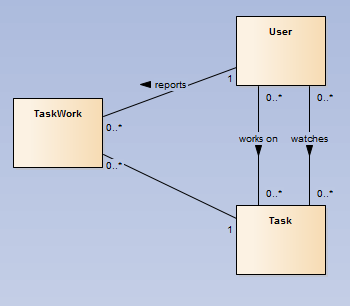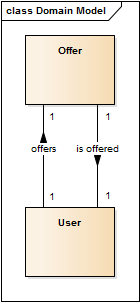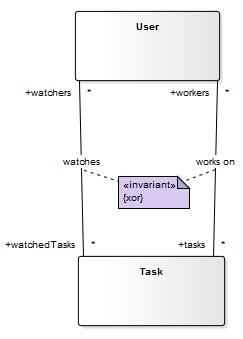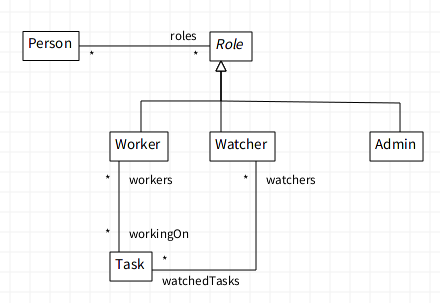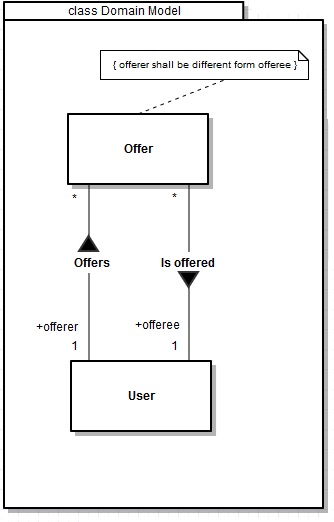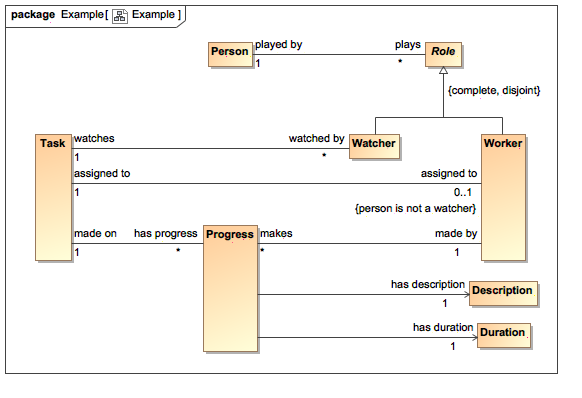It is in principle correct, this is how you model multiple relationships between two classes.
As for the constraints, UML makes use of OCL (Object Constraint Language), so you can say that the associations are exclusive (xor - exclusive or).
Also note that it is generally a good idea to name the end roles of the associations.
![enter image description here]()
Regarding one of the comments saying
There are no UML police to flag you down for being "unacceptable".
It is like saying: there's no code police to flag you down for writing shitty code.
You create diagrams to convey information (for school project anyway), if you diverge from standards or best practices you make it harder for other people to understand your diagrams.
And just like there are linters (jslint, ...) that check your code for common problems, for models there are model validations that do the same thing.
Also models, just like code, aren't set in stone so don't be afraid to modify them when you find a better way to express your domain.
Update
As Jim aptly pointed out, you usually do stuff not as a User (or Person), but as a Role. E.g. when you are student and you are filling a form, nobody cares that you are human, but that you are a Student. Typically a Person will also have several different roles (you could be a Student and a TA, a Professor, etc.)
Separating it in this way makes the domain much clearer as you are concerned only with the Roles, and not the people implementing them.
![enter image description here]()

